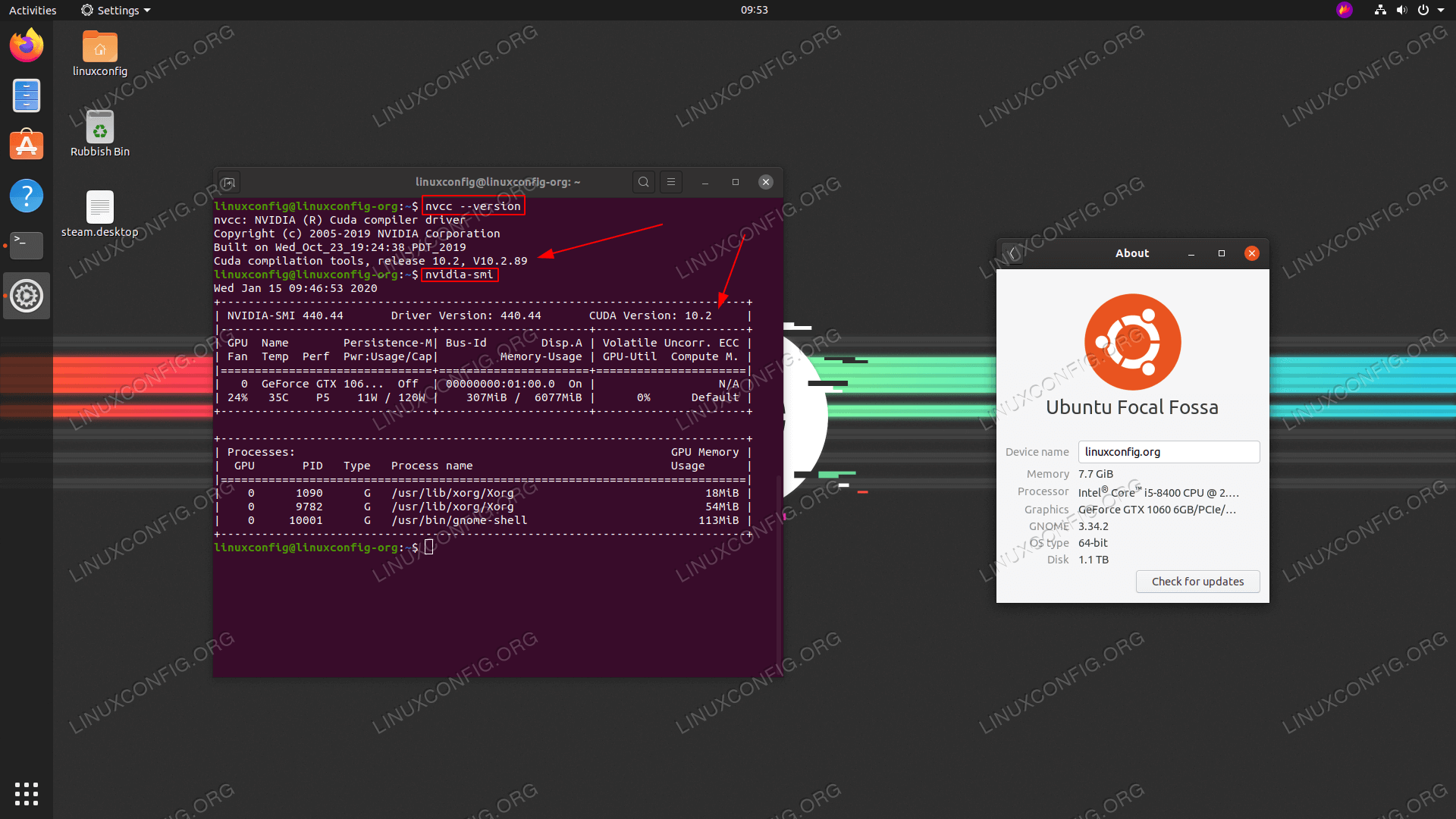
- UNABLE TO INSTALL CUDA DRIVER ON UBUNTU 14.04 USING VM HOW TO
- UNABLE TO INSTALL CUDA DRIVER ON UBUNTU 14.04 USING VM PORTABLE
That is how a developer takes an idea and makes it into a reality.
UNABLE TO INSTALL CUDA DRIVER ON UBUNTU 14.04 USING VM HOW TO
and how to adapt that to work for your situation. Just like I think a programming tract should have a class on Google-Metrics: how to ask for what you are looking for. I go by the theory that if you understand how things work, that you can adapt those things to work for you. Understanding more about that is going to make things simpler, and possibly easier to understand. If not, then you might be somewhat challenged and limited. No matter what language they will be using, the concepts of that are the same, whether they are a programmer or as an end-user of a console based application. Next, IMHO, talking from personal experience, I would assume that if someone was installing a CUDA tool-kit, that they are going to need to understand some fundamental basics on text based logic. You need to understand what you are typing in and why.

Beyond basic configuration of your chosen platform, in just using the CUDA toolkit, the compile and run-time options depend that you adapt to your local environment. Well, 1st, your chosen platform is console based. This may be off-subject but may be a help to you: After yuou get this installed, you may benefit from learning more about commandline structure and having to adapt things to work the way you want it to do. If you need help with trying to be able to post those results, just ask. Please post the results of the blkid and fdisk commands I ask you to do in Post #6.

So if this needs to be "literal": I have patience and can still work with that. YOu again typed the commands without adapting them to what your machine sees. My second attemot at explaining that was to have you post the results of what your machine saw as attached devices and filesystem so that either we could adapt commands to what your machine saw as that USB device, or for you to be able to use that to adapt your commands. You imperpretted and took that literally. If not, then you really need to adapt those parts of the commands that purtain to your machine.įor example I posted a command that I told you that as an example, if the usb drive showed up as /dev/sdc, then to use that as part of your command. Simply type it the same exact commands he posted. If it has an internet connection, and you are going to cut and paste commands without modifying them to your own situation, then do as "lukeiamyourfather" advised. It display no packages found matching as below screen shot Sudo dpkg -i /mnt/PathToFile/cuda-repo-ubuntu1404_7.5-18_b I have type sudo fdisk i or 1 instead of Sudo fdisk l (L) once i input it as sudo fdisk l (L) i'm able to see the device ID and is location under SDA but then i'm able to mount the device using "sudo mount b /dev/sdc /mnt and next is show a long list of files but when i insert the path to the file, within that mount point as follow: Use file path and name in your commandline.įinally i'm able to display the list of the device connected to the server.

Otherwise, "dpkg" does not know where to find the file, for it to be able to install it.ĭoes that explain what you are trying to do? Confirm the path under the mount point, so you can add it to your commandline. So once you find the device name, then use "ls" (list) until you find the directory path of that device, to where the file is located. They will not be accessible by your system, until they are mounted. Because they are connected, does not mean they are mounted to your system. The first command will find disks and partitions that are capable of having a filesystem, that are physically aconnected to your machine. Desktop has no GUI, so you have to provide where it is in your commandline. Your computer needs to find where your file is.

UNABLE TO INSTALL CUDA DRIVER ON UBUNTU 14.04 USING VM PORTABLE
Your have to substitute the device ID of where your machine ID's the portable device that you have the file on.


 0 kommentar(er)
0 kommentar(er)
